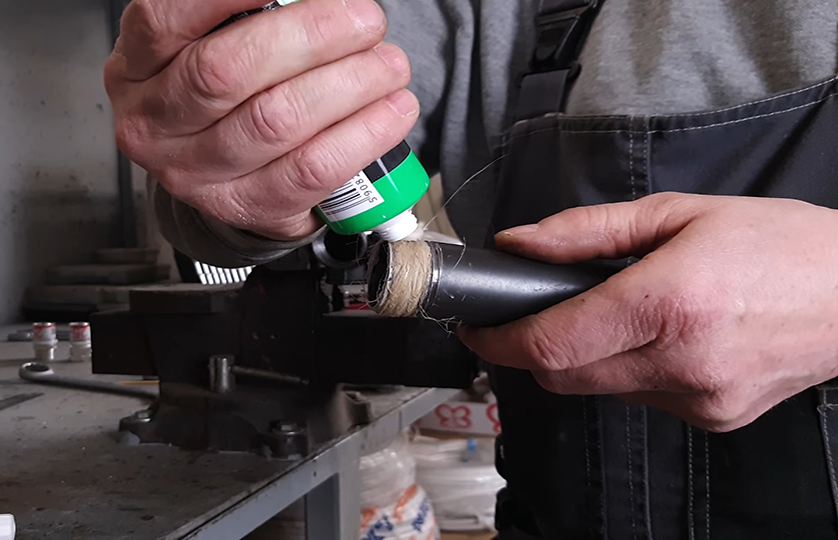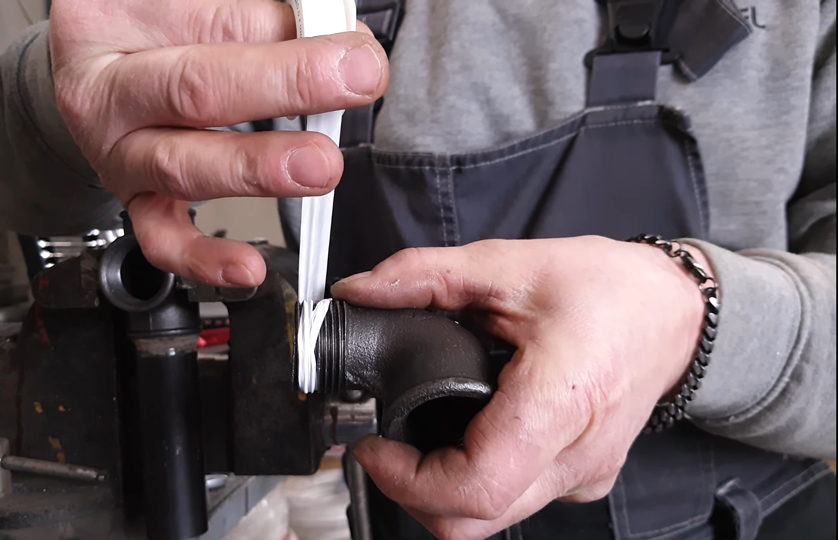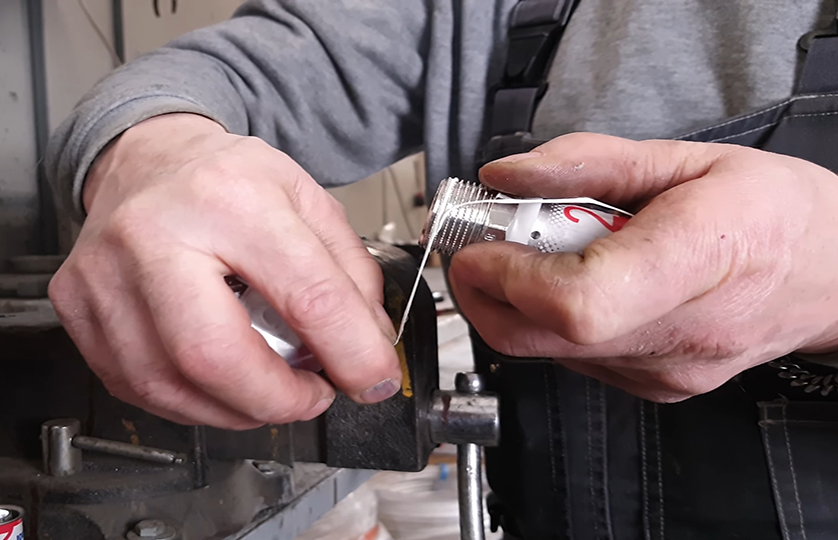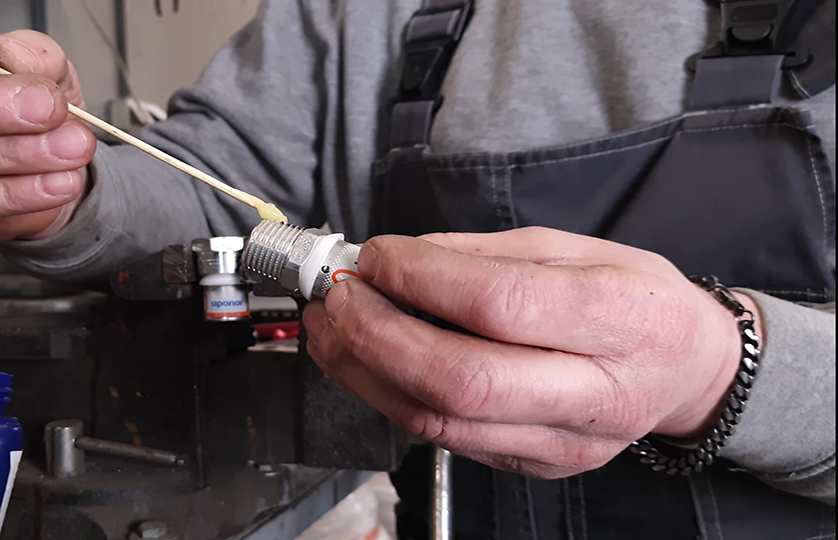In systems made of metal pipes and fittings, one of the most common ways of joining pipes and fittings is by threaded connection. Threaded joints are simple to install, leak-proof and durable. To ensure a long-lasting leak-proof connection, suitable sealing materials must be used and assembly instructions must be followed. Sealing of threaded connections can be done in several ways. Today, I will try to explain them to you.
Threaded connections in sanitary installations
Threaded connections are widely used in sanitary installations. Two threaded components are connected: one with an external thread, the other with an internal thread. Threaded connections are usually not airtight per se. In order to guarantee the correct operation of the installation and the durability of the connection, it is necessary to provide for sealing of the connection.
Steel or cast iron threaded pipes are not only found in water installations, but also sewerage, gas and heating installations. On the other hand, threaded connections can occur not only in the case of steel, cast iron and copper pipes, but also PVC. Threaded connections are also often used to make connections between two different systems of fittings or pipes. Adam has already written about the types of fittings in the another article. There are two types of threaded connection in sanitary installations:
- fixed connections - requires sealing when making the connection,
- disconnected connections - usually connected by means of a screw with a gasket
Proper sealing of threaded joints
The correct sealing of the threaded connection should be sealed. There are the following options for sealing a threaded connection:
Packing and sealing paste
Sealing with hemp tow is the classic method. For sealing with this method, in addition to tarpaulins you need thread sealing paste. Before making the connection, the male thread should be prepared by wiping with a wire brush. This will clean the thread surface and improve the adhesion of the packets to the thread. The first layer of sealing paste is applied directly to the thread. Next, the bead layer is wound across the thread. After the beads have been applied, the second layer of sealing paste is applied. The sealing paste should soak up all of the tacks. The part with the internal thread is then tightened.

Teflon tape
Teflon tape is a modern product for sealing threaded joints. It is packaged in handy rolls and comes in variants designed for gas installations i water supply. Once the male thread has been cleaned, the thread should be prepared for the installation of the tape by making a few fine cuts across the thread turns (roughening). The purpose of this is to prevent the tape from moving during twisting. The tape is then wound onto the thread in the direction of the thread coil. Make sure that the tape is well tensioned. The part with the internal thread is then tightened.

Sealing thread
Teflon thread is another of the modern products in this group. It can be purchased in convenient dispensers. Before sealing the joint, the external thread is roughened. The thread is then wound alternately in the direction of the thread coil and across it. Information on the recommended number of thread reels can be found on the product packaging or in the instruction manual.

Anaerobic adhesive
Anaerobic sealing paste is a type of resin adhesive that sets when the oxygen supply is cut off, i.e. when the threaded parts are twisted. The thread must be thoroughly degreased before applying the agent. The agent is then applied to the first two turns of the male thread. The internal threaded part is then tightened. The anaerobic paste does not require the use of packing material, however, it does require assembly with protective gloves and it may be necessary to heat the joint with a torch for disassembly.

Threaded connections in installations, what else is worth knowing?
Before selecting a sealing method for threaded connections, it is important to know the parameters permitted for the type of seal. Whether the sealing material is acceptable for the medium flowing through the system, and whether its temperature is within the temperature range permitted for the sealing type. Detailed information on this can be found in the manufacturers' materials and product descriptions in our online shop.
All sealing methods described above for sealing threaded joints are permissible for sealing metal threads, provided the manufacturer's guidelines are met. In installations made of threaded PVC pipes, only sealing with Teflon tape is permissible. I encourage you to watch our YouTub video on this subject.
Please note that when carrying out maintenance or repair work on sanitary installations, once a threaded connection has been disassembled, the thread must be completely cleaned of any remaining old sealant before it is reassembled. Threads should be cleaned mechanically, e.g. with a wire brush, in some situations it may be necessary to burn the threads with a torch to remove solidified seals. Before reassembling the fittings, a new seal should be made for the threaded connection. Under no circumstances should the old sealant be reused.
